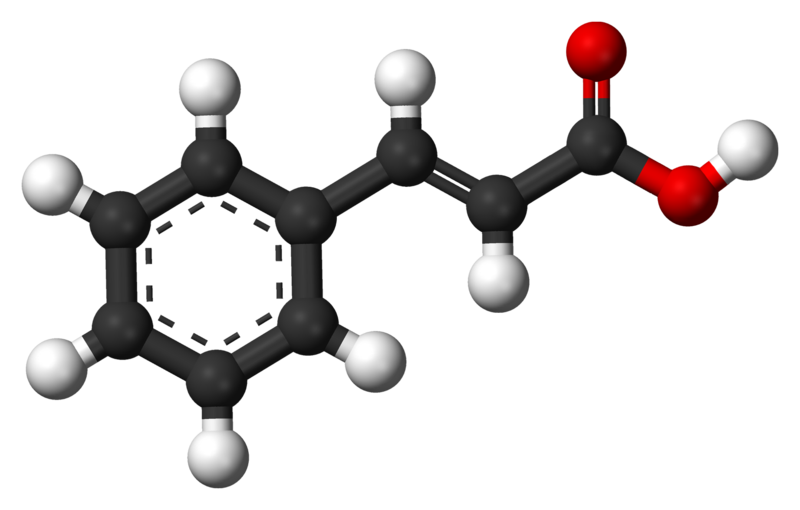On more than one occasion, I have heard and seen shea butter being purported as a sunscreen. While I know this to be untrue, I thought it would be a good idea to explain where this particular shea butter myth comes from, what’s true and what’s not.
Natural, unrefined Shea butter is very complex. If you’ve ever melted pure shea butter and noticed a gritty texture when it cooled, then you’ve experienced firsthand just how complex it is. The chemical component that people attribute to shea butter’s sun protection is cinnamic acid. Cinnamic acid does, indeed, have UV absorption properties in the 250-300 nm wavelength (UVB). However, the concentration of cinnamic acid in shea butter is not strong enough to provide any real sun protection. Even when shea butter is standardized for a higher concentration of cinnamic acid, it still doesn’t provide substantial sun protection. Alternatively, the cinnamic acid in shea butter can work in synergy with organic sunscreen actives (ex: OM-Cinnamate)to give a broader spectrum SPF (more UVB protection and maybe some UVA protection). **We’ll discuss synergy in a later post.
To sum it all up, shea butter alone is not enough to protect your skin from the harmful rays of the sun. It may (or may not) give your sunscreen of choice an extra boost of sun protection when applied separately. The synergy more than likely works better in the actual formulation. If you’re looking for a sunscreen with broad spectrum protection, shea butter is an ingredient that you probably want to see in the ingredients list. Plus, you get all the other benefits of shea butter with just one product.
Here’s to the Glam Life!

